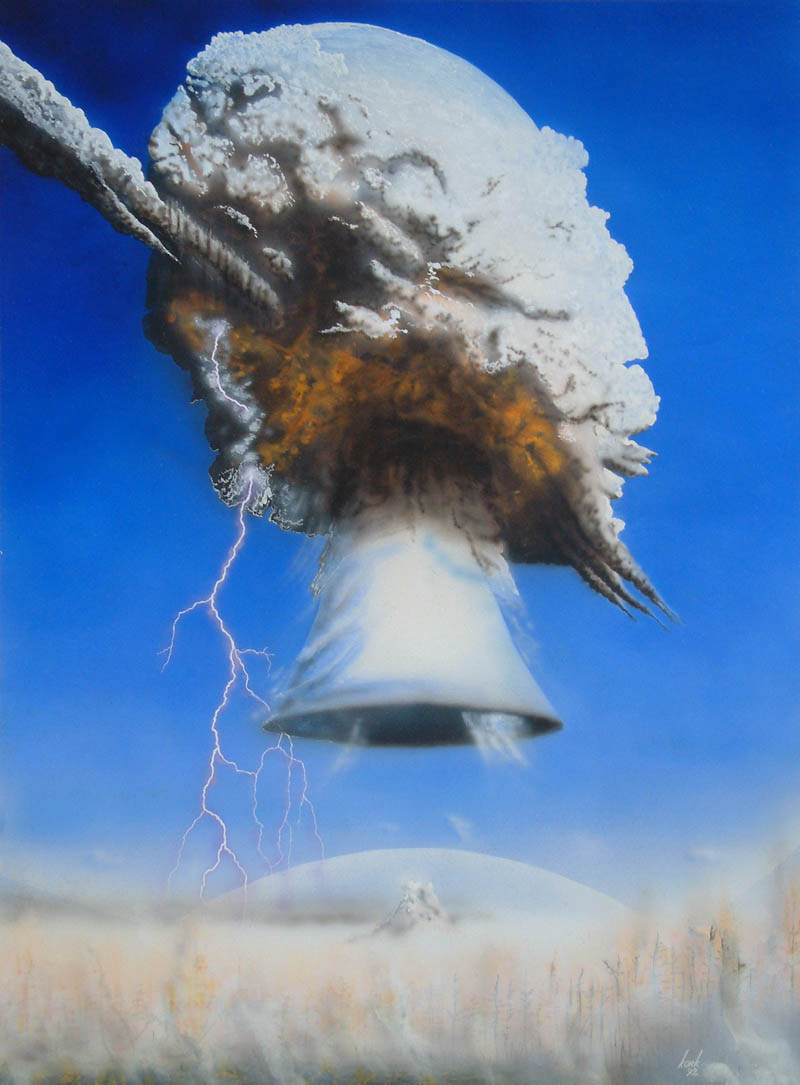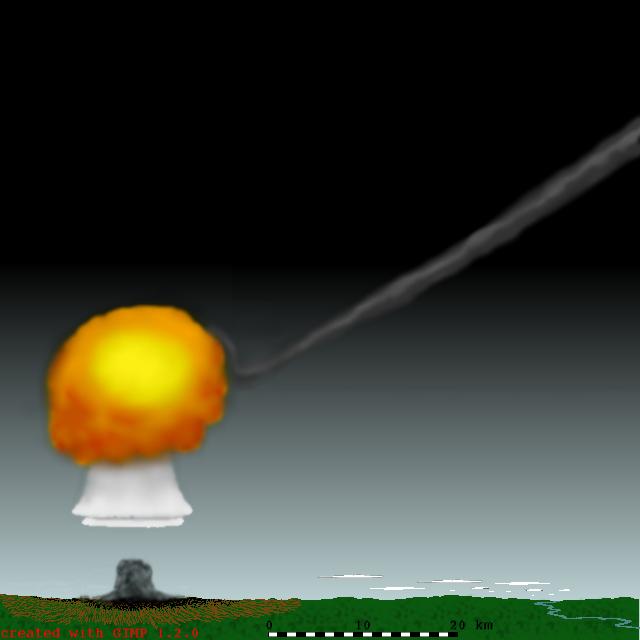On February 15th, a meteor entered into the
atmosphere over Chelyabinsk, Russia and traced a path across the sky before
exploding in an air burst above the town. The meteor came into the atmosphere
with a speed close to 18 km/s relative to the Earth, growing brighter as it
heated up in the atmosphere until it detonated 15-25 km above the Earth. The
shockwave resulted in approximately 1,500 people being injured and damages
around 1 billion rubles which is about 33 million US dollars.
The meteor was about 17-20 meters across and had an initial
mass of about 11,000 metric tons (11,000,000 kg), and is the largest meteor
that we know of to have entered the atmosphere since the 1908 Tunguska event.
The energy released from the explosion was about 20 to 30 times more energetic
than the atomic bombs used on Hiroshima and Nagasaki. After the explosion,
shards were scattered all around the countryside all ranging in sizes bigger
and smaller than 1 cm in diameter.
This meteor was unprecedented as most near-Earth meteors
with diameters around 15 meters have not been cataloged by space agencies
across the globe. This event has spurred a push in the political scene for countries
to begin funding in space defense programs that will allow for Earth to be able
to affect near-Earth meteors and keep them on paths that will not interact with
Earth.
An average estimate is that around 500 meteorites hit the
Earth each year, but are small enough to not have a very noticeable effect on
the environment around it. A few of these may show up on weather radar with a
trail large enough for scientists to find them. Statistically, meteors
impacting the Earth are a random event, but smaller meteors are more likely to
hit the Earth more often than larger ones.
Here is a chart that lists the average energy of certain
sized objects that could impact Earth and their average frequency. The objects
all are moving at 17 km/s, enter at an angle of 45 degrees, and have a density
of 2600 kg/m3.
http://www.tulane.edu/~sanelson/geol204/impacts.htm
Here is a link as well to a program made by a group of
students that calculates the effects of an object impacting the Earth. http://impact.ese.ic.ac.uk/ImpactEffects/ The data
used here are based off of known observations and calculations based off of past
events. Data on some collisions is limited.
The last event like this that was recorded is the Tunguska
event that happened over Siberia in 1908.
Its
effects were seen from hundreds of miles away, and the destruction became an
oddity that people around the world came to see, however it happened over a
very rural part of Russia meaning not many people were able to witness it
firsthand. The estimated power of the impact is believed to be around 10-30
megatons of TNT, 1000 times more powerful than the bomb dropped on Hiroshima.
80 million trees were flattened because of this blast over 2,150 sq. km. Since a crater was never found, it is
believed that the object was most likely a comet and that it detonated in an
air blast near the surface. There is much speculation about the event as it was
only witnessed by a handful of inhabitants of the area, but many agree with the
comet like meteorite theory explaining the lack of major debris at the impact zone
and the glow that lingered in the air for several evenings.
Some of the possible hypotheses that have been created over
the century: the event stemmed from an encounter with a comet from the past
that we will encounter again in the year 2045, a natural H-bomb was made when
deuterium within the comet was heated enough to begin fusion, antimatter, a
large eruption of a natural gas deposit in the Earth; as well as theories such
as a black hole passing through the Earth and a non-scientific theory stating
that the event was the result of Nikola Tesla activating his “death ray” and
missing his target in the arctic and hitting Tunguska instead.
Concept art for Tunguska event:
Resources:




Thanks for the historical background. Some of those theories are interesting. I didn't know Tesla had a death ray :)
ReplyDeleteBTW, I came across that impact effects website a few years ago in another astronomy class. I spent way too much time playing with it.
4 points
ReplyDelete